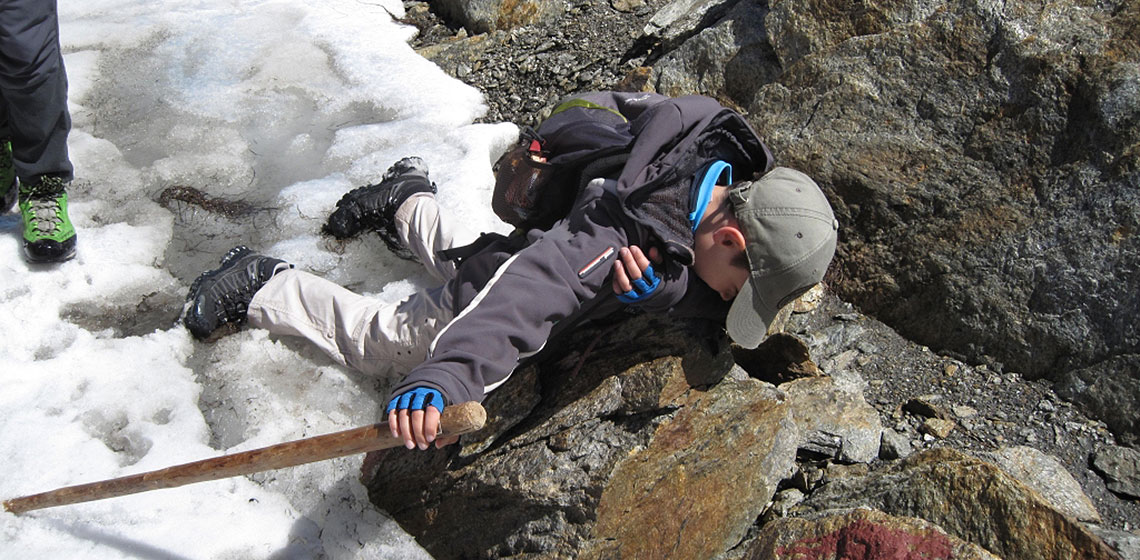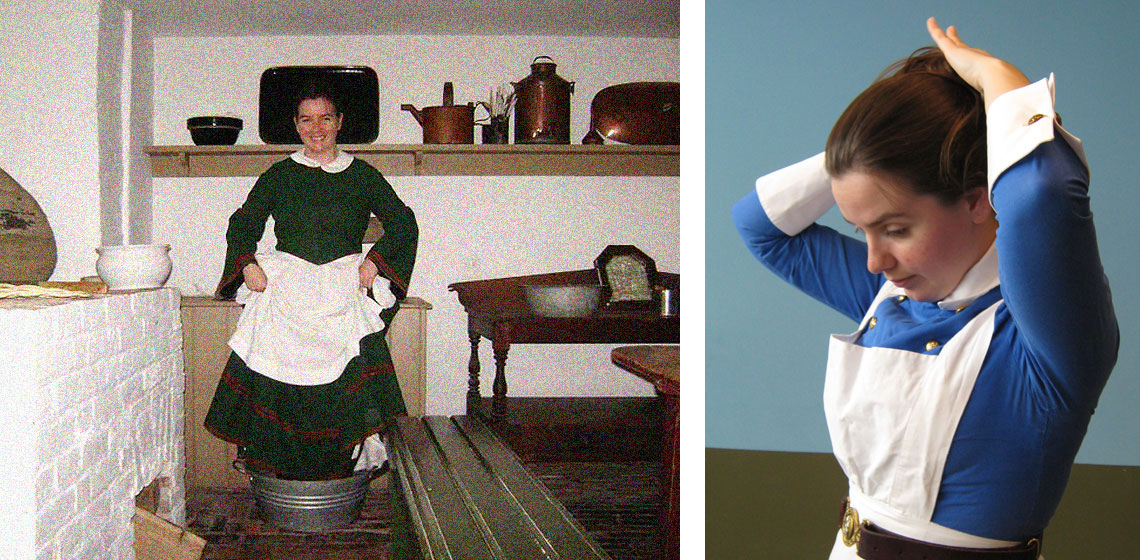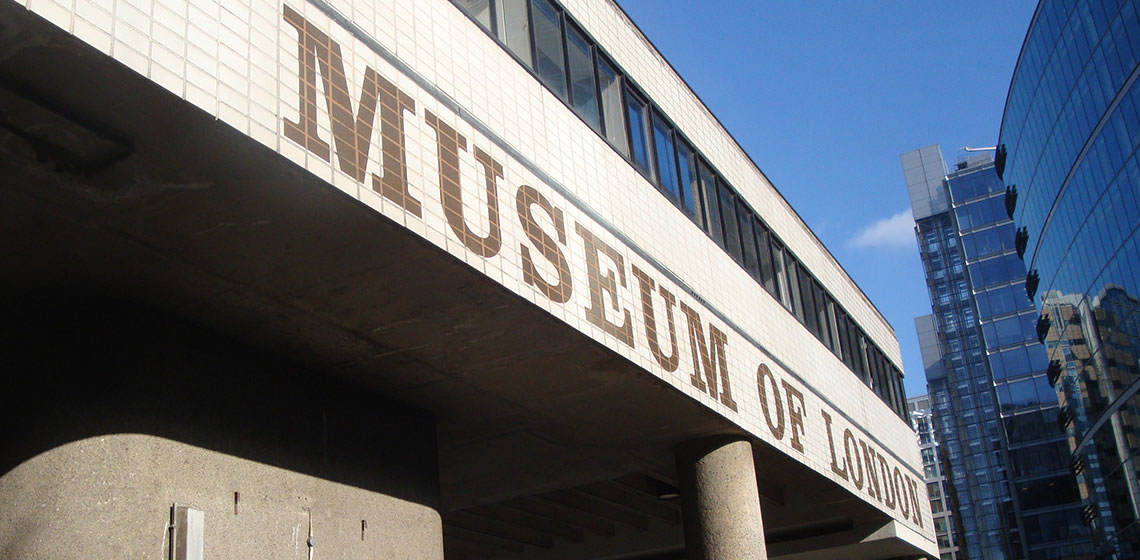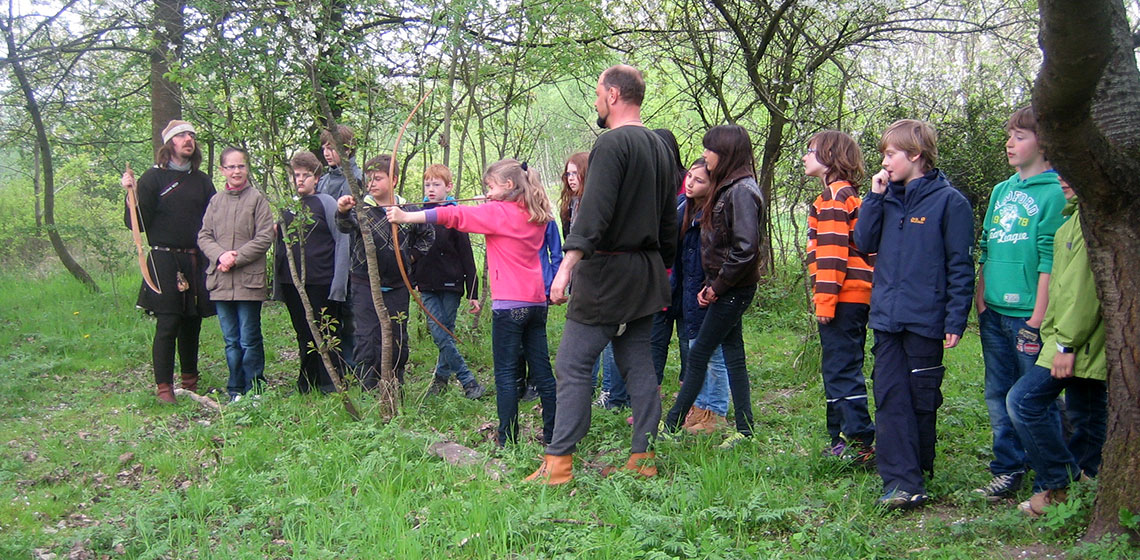Archaeological Live Interpretations, Docu-Soaps and Themed Walks: Similarities and Differences
Introduction
For many years, the public has become increasingly aware of historical and archaeological topics, a phenomenon to which large-scale and well-attended exhibitions, so-called ‘medievalmarkets’, the continual success of historical TV-documentaries, and a booming market in specialized books and magazines may attest. Living history formats on television or historical docu-soaps also attract millions of viewers (see, for example, Schwarzwaldhaus 1902, SWR 2002; Steinzeit– DasExperiment, SWR 2007).









